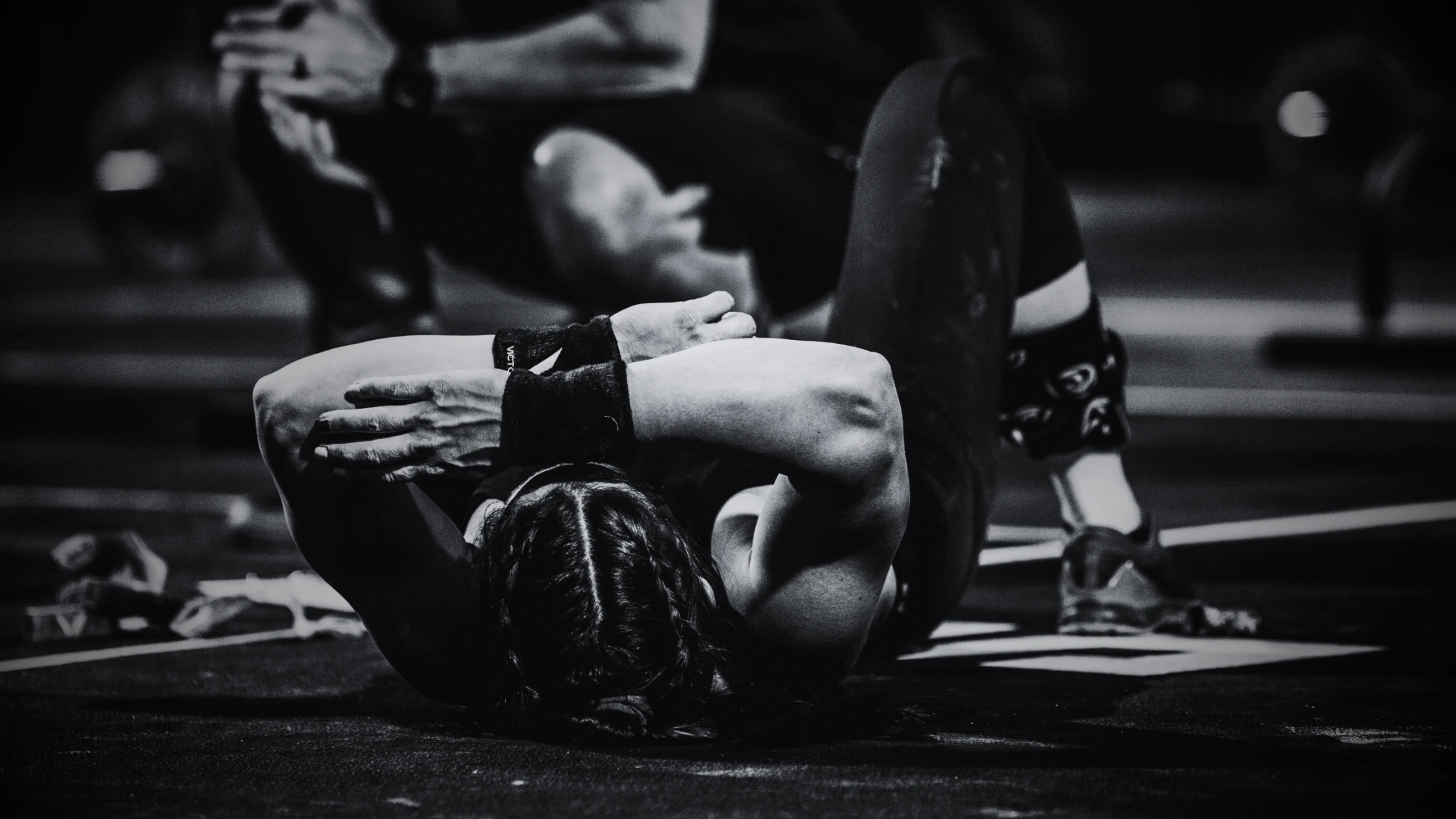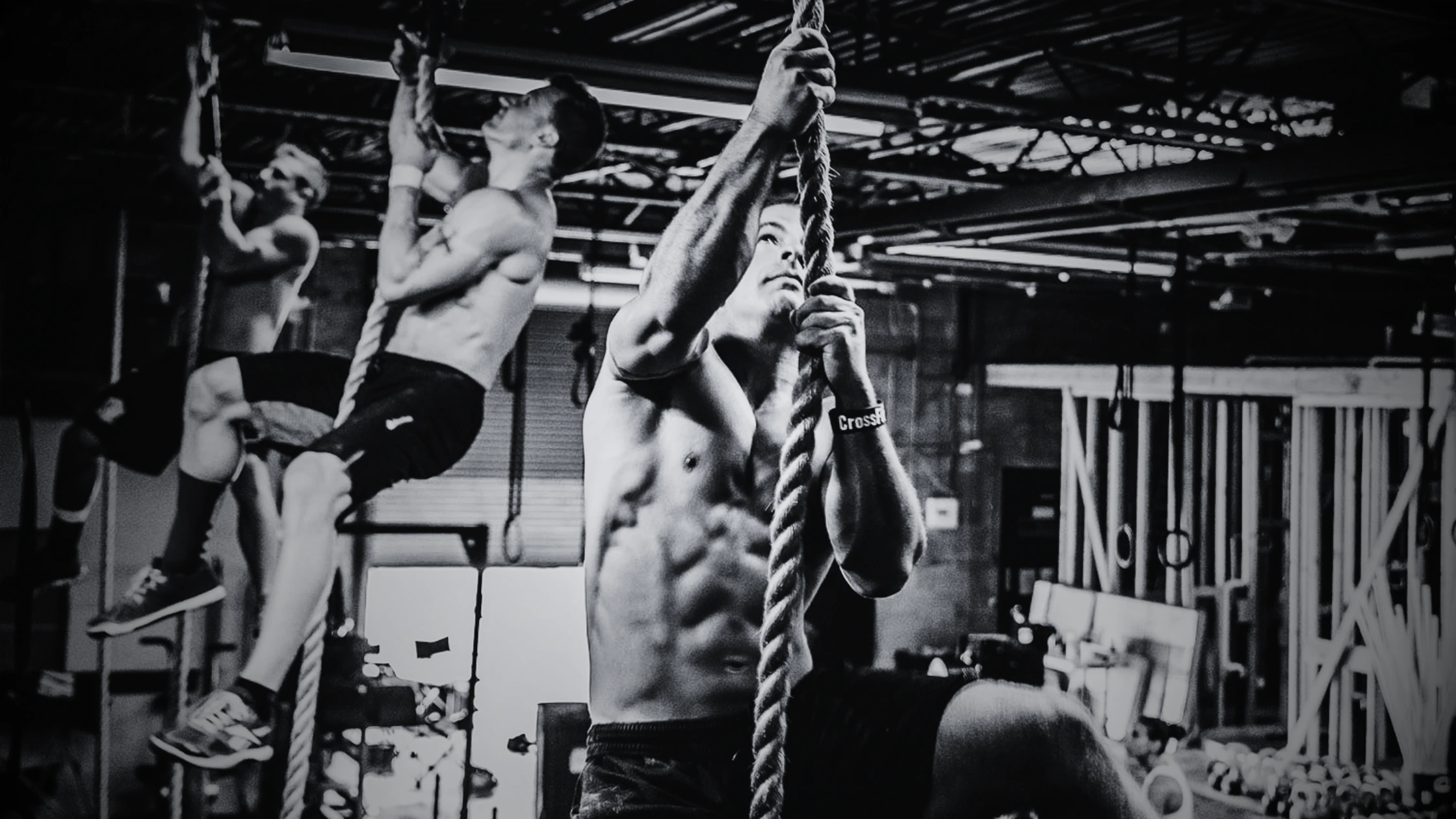If you’ve been part of the CrossFit community for even a hot minute, you know one thing: this sport is intense. Between crushing AMRAPs, dialing in those Olympic lifts, and chasing that elusive muscle-up, CrossFit pushes you to your limits—physically and mentally. But here’s the million-dollar question: do CrossFit athletes train everyday?
It’s tempting to think the pros are grinding seven days a week, but the truth is, training frequency is all about finding that sweet spot between progress and recovery. Push too hard, and you risk injury, burnout, or plateauing. Rest too much, and you might feel like you’re leaving gains on the table. Let’s break it down and see what it really looks like for CrossFit athletes.
Training Frequency Among CrossFit Athletes
When it comes to how often CrossFit athletes train, it really depends on where you’re at in your fitness journey and your goals. Let’s break it down into three categories: recreational, competitive, and elite athletes.
-
Recreational Athletes
If you’re a recreational athlete—you know, the everyday CrossFitter just trying to crush WODs and stay fit—you’re probably hitting the gym 3-5 times a week. That’s plenty to build strength, improve conditioning, and still have time to recover properly. No need to overdo it unless you’re eyeing a competition.
-
Competitive Athletes
Now, for competitive athletes, the grind is a little more intense. These folks are gearing up for local comps or bigger events like qualifiers. They’re training 5-6 days a week, with some two-a-days thrown in for good measure. Why? Because mastering complex movements like muscle-ups and snatches, while also building insane cardio capacity, takes time and effort.
-
Elite Athletes
Then, you’ve got the elite athletes—the beasts we all look up to, like the ones you see throwing down at the CrossFit Games. Their schedules are next level. These athletes are training 6 days a week, often with multiple sessions in a day. But here’s the kicker—they don’t just go hard every single session. They balance it out with active recovery days. Think rowing, swimming, or even long hikes to stay moving without frying their CNS (central nervous system).
Thus, in CrossFit, your training frequency boils down to what suits your fitness level and personal goals. Be it a weekend warrior or someone striving to become the next Mat Fraser, the key lies in smart programming and knowing when to go HAM (hard as a mother) and when to pull back.
Factors that Influence Training Frequency
Training frequency in CrossFit depends on an athlete’s goals, competition plans, recovery, and life outside the gym. Let’s look at the main factors that affect how often athletes train.
1. Competition Prep: Chasing the Podium
When a competition is on the horizon, training ramps up. Athletes tighten up their schedules to sharpen skills, test WODs, and build endurance for those grueling events. This is when you’ll see extra focus on dialing in weaknesses—whether that’s perfecting double-unders, increasing snatch PRs, or surviving chipper workouts. It’s all about peaking at the right time, so training frequency might spike, but smart athletes know to taper as the competition approaches to avoid burnout.
2. Recovery Needs: Listen to Your Body, Bro
Recovery is everything in CrossFit. Whether it’s DOMS (delayed onset muscle soreness) from Murph or just general fatigue, everyone’s recovery rate is different. Factors like age, genetics, and nutrition play a huge role here. Some athletes can bounce back faster, while others might need an extra day off to prevent overtraining. Elite athletes often swear by techniques like ice baths, mobility drills, and massage guns to keep their engines running smoothly.
3. Goals and Focus Areas: Strength? Endurance? Skills?
Training schedules also depend on what you’re working toward. If you’re all about chasing a heavy clean and jerk, your program will focus more on strength-building sessions with longer recovery gaps. On the flip side, if you’re training for the Open or building engine capacity, you’ll see more MetCons, aerobic sessions, and interval work. Your training frequency will shift based on where you need to improve, and no two athletes’ schedules look the same.
4. Life Outside the Box: Finding Balance
Let’s face it—life doesn’t always revolve around CrossFit. Work, family, and other obligations can affect how often you hit the box. Competitive athletes and pros might have the luxury of training full-time, but for most, it’s about finding a balance. Even elite athletes understand that sometimes a rest day or scaling back is necessary to come back stronger.

Rest and Recovery
In CrossFit, we all know the drill—train hard, get stronger, get faster, repeat. But we must understand that you can’t out-train recovery. Rest is where the magic happens. It’s when your body repairs, adapts, and gets ready for the next round of punishing workouts. Without proper recovery, you’re just setting yourself up for burnout, injury, and hitting a plateau. So, while pushing your limits is important, how well you recover is equally critical to your progress.
Active Recovery Days
That’s where active recovery days come in. These days are a game changer. While you’re not pushing yourself to the max, you’re still moving and keeping your body engaged. Light rowing, stretching, yoga, or even a brisk walk are perfect ways to keep blood flowing to those sore muscles, promote flexibility, and give your nervous system a much-needed breather. The goal here isn’t to crush it—it’s to recover and prep for your next beast mode session. By keeping things light, you ensure you’re fresh and ready for the next challenge without overdoing it.
Sleep, Nutrition, and Mobility
Beyond just active recovery, there are other critical pieces of the puzzle: sleep, nutrition, and mobility. Sleep is your number one recovery tool. You can’t expect to perform at your peak if you’re running on empty. Aim for 7-9 hours of solid rest each night to let your body fully recharge.
Nutrition is just as important—fuel your body with the right macros to repair muscles and restore energy. And don’t forget mobility! Rolling out tight quads and hips with a foam roller, or hitting a few mobility drills, can make all the difference in keeping your muscles fresh and ready for the next session.
Know When to Take a Complete Rest Day
Sometimes, though, active recovery isn’t enough. Listening to your body is key. If you’re feeling burnt out, exhausted, or if your joints are nagging at you, it’s time for a complete rest day. Take a day off the gym, let your body truly heal, and trust that you’ll come back stronger the next day. After all, sometimes the best performance enhancer you’ve got is simply rest.
Risks of Training Every Day Without Proper Recovery
Pushing yourself every single day without proper recovery might seem like the hustle, but it’s a surefire way to run into some serious issues. Here’s why:
-
Increased Injury Risk
If you don’t give your body the rest it needs, you’re just asking for injuries. Over time, you’re putting extra stress on your muscles, joints, and tendons, and that leads to strains, tendonitis, and even stress fractures. Not fun, right?
-
Overtraining Syndrome (OTS)
This is when you’ve gone too hard, too often. You’ll feel worn out, sore all the time, and your performance will drop off a cliff. Mentally, you’ll hit a wall, too—burnout is real. If you don’t listen to your body, OTS will mess with both your physical and mental game.
-
Stagnation and Plateaus
If you’re training day after day without recovery, your body has no time to adapt. That means no gains, no strength, and no progress. You’ll hit a plateau, and nothing’s worse than feeling stuck.
-
Mental Burnout
We all know CrossFit is as much mental as it is physical. If you’re constantly going, going, going, without taking a step back, your motivation and focus will take a dive. It’s not just the body that needs rest; your mind does too.
-
Hormonal Imbalance
Too much training and too little rest mess with your hormones—elevated cortisol and lowered testosterone can tank your performance, muscle recovery, and overall mood. You’re basically working against yourself.
Thus, training every day without proper rest is a one-way ticket to injury, burnout, and a plateau. Rest isn’t slacking off; it’s a key part of the grind. So take the time to recover, and you’ll keep crushing it day in and day out.
Do CrossFit Athletes Train Everyday? Reddit Opinions
When it comes to the question, Do CrossFit athletes train everyday?, Reddit offers a mix of insights that reveal the complexities of training at the elite level. According to the community, most high-level athletes don’t train every single day. Instead, they strategically incorporate one or two rest days each week to prioritize recovery and longevity in the sport.
One Redditor pointed out, “Elite CrossFit athletes like Fraser and Toomey train hard but smart—rest days are a non-negotiable part of their program.” Another chimed in, emphasizing the importance of balance: “Training 6 days a week is common, but that 7th day off is where the magic happens. Recovery equals gains.”
The discussions also highlight the structured nature of top athletes’ programs. Many follow carefully designed cycles blending strength, cardio, and skill development, with one user noting, “They don’t just wing it—they periodize their training with recovery in mind.”
Still, some users argue that training frequency is deeply personal. “It depends,” one Redditor wrote. “Your experience level, how well you recover, and your goals matter. What works for Mat Fraser might not work for you.”
The consensus? While the grind is real, even the most committed athletes recognize the value of rest. Pushing through without recovery can lead to burnout or injury—lessons learned the hard way by many in the CrossFit community. So, whether you’re gunning for the Games or just improving your fitness, remember: rest is as crucial as the reps.
The Bottom Line
CrossFit athletes may train frequently, but rest and recovery are just as crucial to success. It’s not about how many hours you put in—it’s about how you train and how you recover. The key is individualized programming that aligns with your specific goals, physical needs, and the demands of competition.
Focus on quality over quantity. When you train smarter, not harder, you maximize progress while keeping your body healthy and ready to tackle the next challenge. Take care of your recovery, and the gains will follow.


1 thought on “Do Crossfit Athletes Train Everyday?”
Comments are closed.